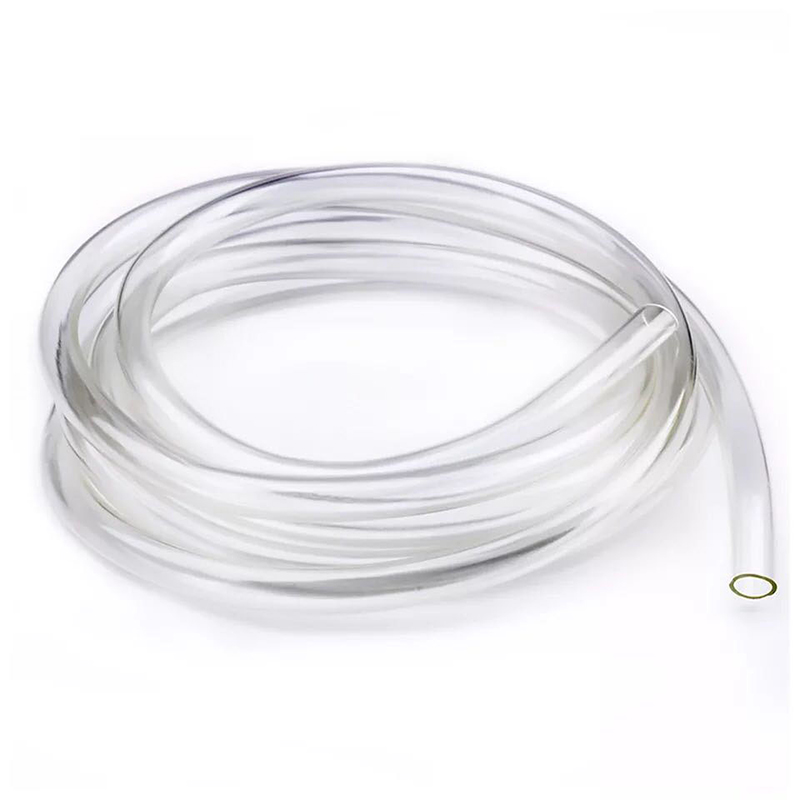Choosing the Right Size for Your Pneumatic Tube System
Understanding Pneumatic Tube Size Importance and Considerations
Pneumatic tube systems have been a cornerstone of efficient material transportation in various industries for decades. These systems utilize vacuum pressure to move containers within a network of tubes, and one of the critical aspects of their design is the size of the tubes. Understanding pneumatic tube sizes, their implications, and the selection criteria can significantly impact the efficacy of operations in settings like hospitals, banks, libraries, and manufacturing plants.
What are Pneumatic Tubes?
Pneumatic tubes are enclosed tubes through which cylindrical containers (often referred to as capsules) travel from one location to another using air pressure. Typically, these systems are installed in commercial and industrial environments to facilitate the rapid transport of items such as documents, medical samples, money, or small products. The design of pneumatic tube systems can vary greatly, but the size of the tubes is a crucial factor that determines the system's overall performance.
Tube Sizes and Their Impact
When discussing the size of pneumatic tubes, we typically refer to their diameter and the length of the installed network. Common diameters for pneumatic tubes range from 50 mm to 75 mm, with larger sizes, such as 100 mm, available for specialized applications. The choice of tube diameter directly affects the volume that can be transported at any given time.
1. Capacity Larger diameter tubes can accommodate larger or multiple capsules, thus increasing the system's overall throughput. In settings such as hospitals, where quick transport of diagnostic tests or medications is vital, larger tubes can facilitate faster delivery.
2. Speed The size of the tube can also affect the speed at which the capsules travel. Pneumatic systems create a balance between pressure and resistance; larger tubes generally allow for smoother airflow, potentially enhancing speed. However, the design must consider the power of the vacuum system employed.
3. System Complexity The larger the tube, the more complex the infrastructure may become. Larger sizes might require more robust supports and more powerful vacuum systems, increasing installation costs and maintenance workflows.
pneumatic tube size

Choosing the Right Size
Selecting the appropriate pneumatic tube size depends on various factors, including
- Material to be Transferred If the items transported are bulky or heavy, larger diameters may be necessary. Conversely, smaller items may only require narrow tubes. - Frequency of Use High-traffic environments, such as hospitals, may benefit from larger tubes to accommodate multiple capsules traveling simultaneously. - Space Constraints Often, the available space for installation will dictate tube size. In crowded facilities, compact designs might be essential, even if it means compromising on capacity.
Additional Considerations
1. Compatibility with Existing Systems If a facility already has pneumatic tubes installed, the new tubes must be compatible with existing infrastructure to optimize the network.
2. Material Selection The material of the tube is just as important as its size. Strong, durable materials that reduce friction will enhance efficiency and longevity, while lightweight materials might offer flexibility in installations.
3. Regulatory Standards Certain industries, especially healthcare, must adhere to stringent regulations regarding the transportation of materials. Ensuring compliance with these standards is crucial when selecting tube sizes.
Conclusion
Pneumatic tube systems serve an essential function in streamlining operations across various sectors. The size of these tubes plays a significant role in determining their capacity, speed, and overall effectiveness. By thoroughly understanding the implications of tube sizes and making informed decisions based on operational needs, facilities can ensure they maximize their efficiency and maintain a competitive edge in their respective industries. Proper implementation of pneumatic tube systems tailored to specific requirements allows organizations to improve workflow and service delivery significantly. As technology continues to evolve, a focus on optimizing pneumatic tube systems will remain essential in our quest for efficiency and innovation.
-
Welded Wire Mesh Panel: Durable, Versatile, and AffordableNewsJul.28,2025
-
Top Quality Oxy Acetylene Hoses for Sale Fit for Welding DemandsNewsJul.28,2025
-
The Future of Pneumatic Air Tubes in IndustryNewsJul.28,2025
-
Superior and Reliable LPG Hose Pipe Solutions for Every NeedNewsJul.28,2025
-
Exceptionally Durable and Versatile Premium Braided PVC TubingNewsJul.28,2025
-
Best Adapters for Connecting Garden Hose to PVC Pipe ConnectionsNewsJul.28,2025














